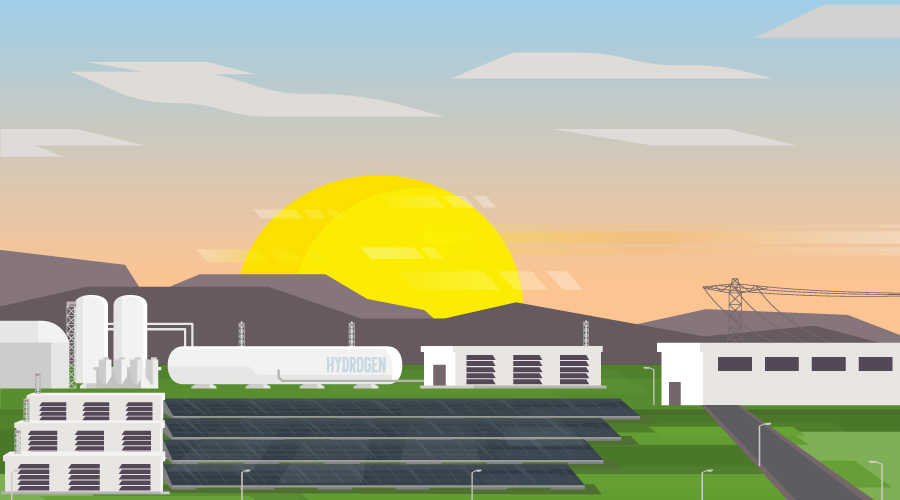Submetering: Gathering Data, Finding Savings
Maintenance and engineering managers looking for ways to improve the energy efficiency of their facilities generally start with HVAC systems. Since these systems are among the most energy intensive users in commercial and institutional facilities, many have achieved remarkable savings by upgrading or replacing these systems.
But many budgets remain tight. Dollars spent on energy upgrades should focus on those systems and components that will provide the greatest rate of return. How do managers know if they are investing energy-conservation dollars in the best possible way?
The challenge most managers face is that they have little or no hard data to help them make energy-management decisions. Yes, a high-efficiency motor will reduce energy use when used as a replacement for an older motor, and replacing an older chiller with a new-generation model will have the same result. The question is, among the range of opportunities nearly every facility offers, what project would provide the greatest rate of return for limited energy-conservation dollars?
While it is possible to estimate a project’s savings, it is important to understand that an estimate assumes operation under standard loading and hours of operation — conditions that seldom match those for the particular application. Estimates are only approximations, and while they give some guidance, they are not enough to base decisions on, particularly given limited budgets and desired returns. What managers need is hard data specific to the application.
Related Topics:














